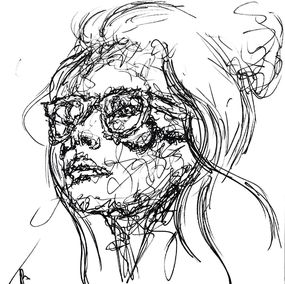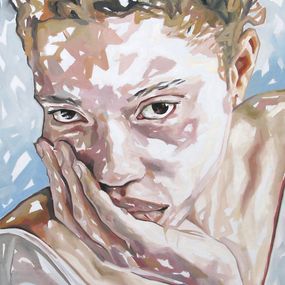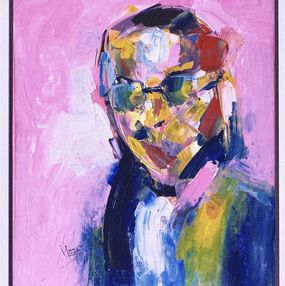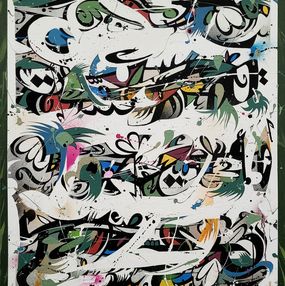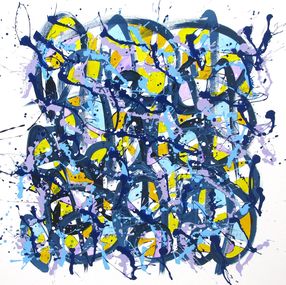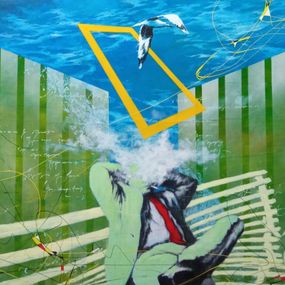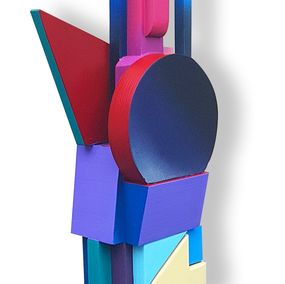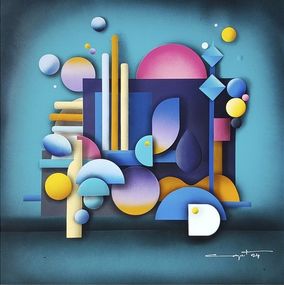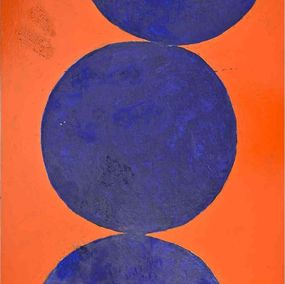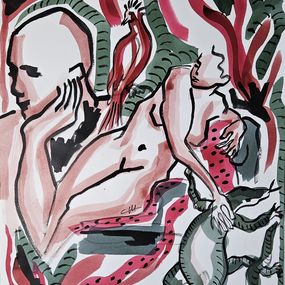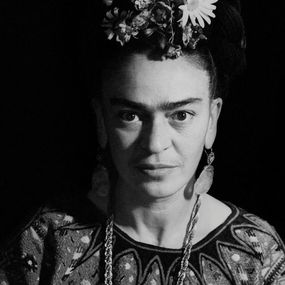
Portrait Painting for Sale
Save your search and find it in your favorites
Save your search to find it quickly
Saved search
Your search is accessible from the favorites tab > My favorite searches
Unsaved search
A problem occurred

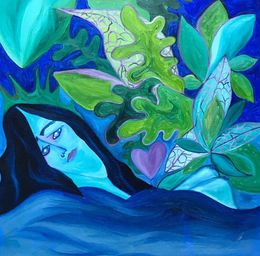

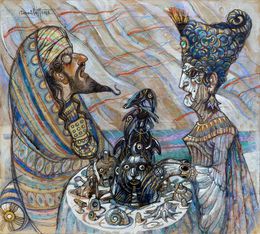
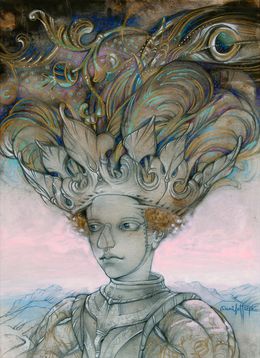
Giovane incoronato
Alexander Daniloff
Painting - 55 x 40 x 2 cm Painting - 21.7 x 15.7 x 0.8 inch
$595
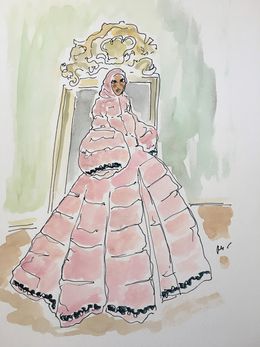
Pierpaolo Piccioli for Moncler
Manuel Santelices
Painting - 38.1 x 27.9 cm Painting - 15 x 11 inch
$700 $630

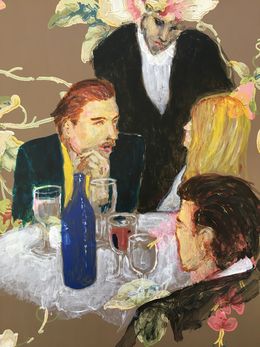



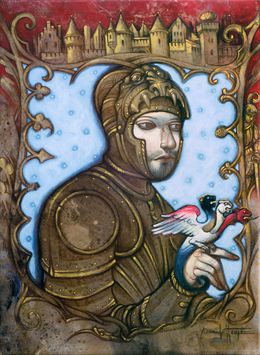
Cavaliere del Drago
Alexander Daniloff
Painting - 55 x 40 x 2 cm Painting - 21.7 x 15.7 x 0.8 inch
$892 $758
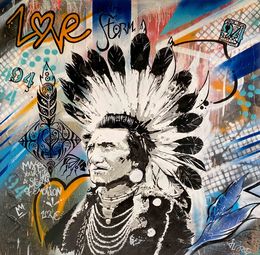
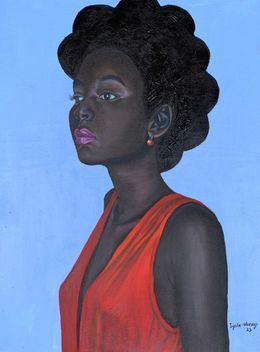
My Skin Colour... Gift or Curse?
Iyiola Odunayo
Painting - 61 x 45.7 x 2.5 cm Painting - 24 x 18 x 1 inch
$1,650

A girl who loves the sea II
Serghei Ghetiu
Painting - 80 x 50 x 2 cm Painting - 31.5 x 19.7 x 0.8 inch
$1,716

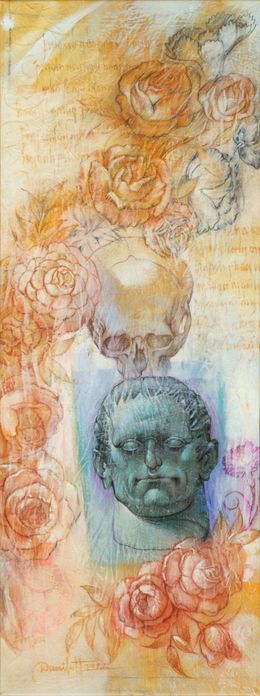
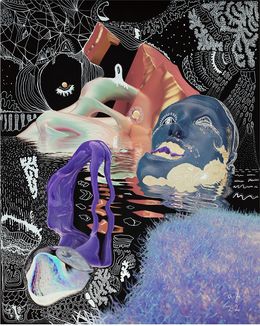






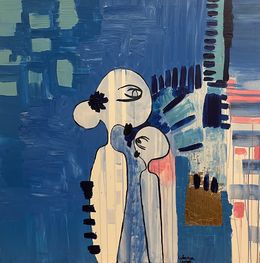

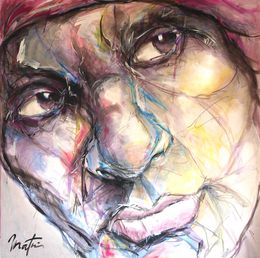

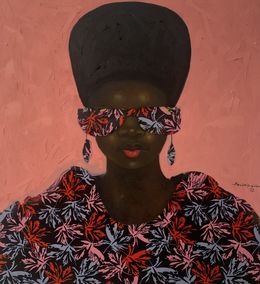
Gazing Through Ankara 4
Bakare Abubakri-sideeq Babatunde
Painting - 83.8 x 76.2 x 2.5 cm Painting - 33 x 30 x 1 inch
$1,850

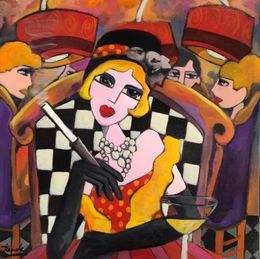
Femme au fume cigarette et à la coupe de champagne
Martine Fauve Dechavanne
Painting - 40 x 40 x 2 cm Painting - 15.7 x 15.7 x 0.8 inch
$549
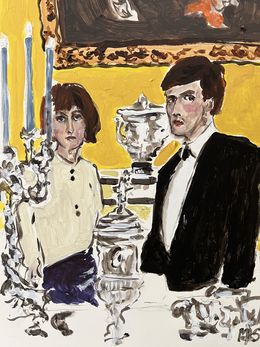
Lord and Lady Eliot painting
Manuel Santelices
Painting - 30.5 x 22.9 x 0.3 cm Painting - 12 x 9 x 0.1 inch
$950

Donne-moi ton coeur
Sabine Louriac
Painting - 65 x 50 x 0.2 cm Painting - 25.6 x 19.7 x 0.1 inch
$572

Je me suis fait tout petit
Sabine Louriac
Painting - 65 x 50 x 0.2 cm Painting - 25.6 x 19.7 x 0.1 inch
$572



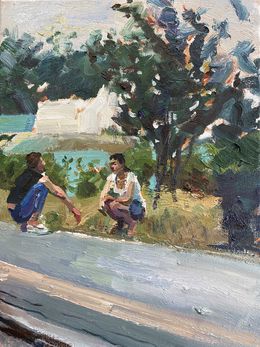
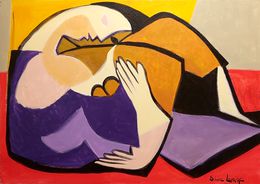
Un peu de tendresse
Sabine Louriac
Painting - 65 x 92 x 2.5 cm Painting - 25.6 x 36.2 x 1 inch
$2,287
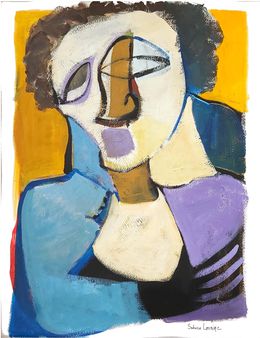

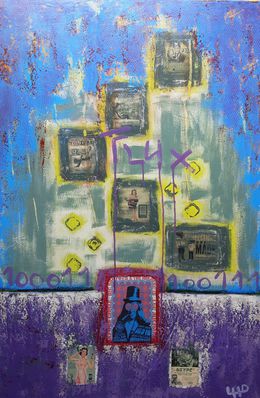

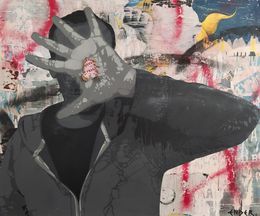

Maria Cornejo and Mark Borthwick in Brooklyn
Manuel Santelices
Painting - 22.8 x 30.4 x 0.3 cm Painting - 9 x 12 x 0.1 inch
$900
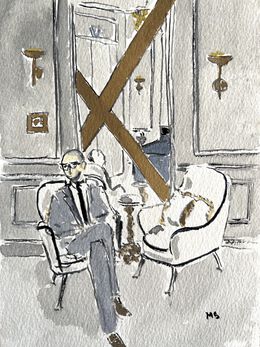
Gilles Mendel in Paris
Manuel Santelices
Painting - 20.3 x 15.2 x 0.3 cm Painting - 8 x 6 x 0.1 inch
$600

A corner at Dries van Noten’s home
Manuel Santelices
Painting - 38.1 x 27.9 x 0.3 cm Painting - 15 x 11 x 0.1 inch
$1,300 $1,170



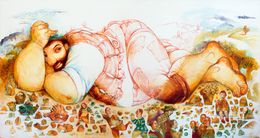

Prada Bag Ladies
Manuel Santelices
Painting - 30.5 x 22.9 x 0.3 cm Painting - 12 x 9 x 0.1 inch
$700

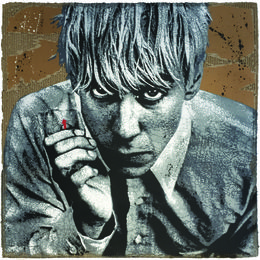
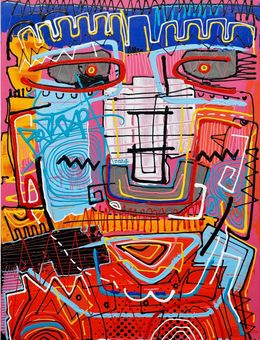
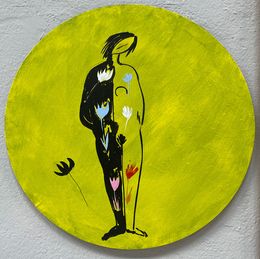
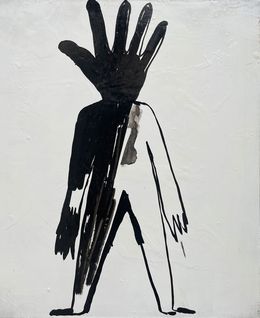
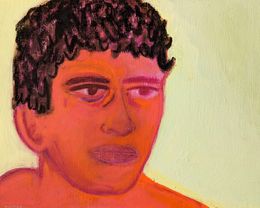
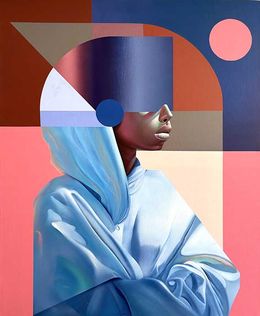

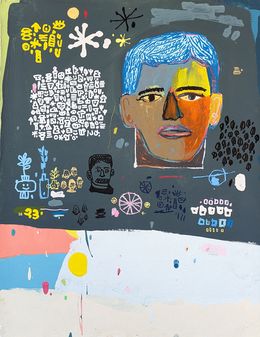
C'est étonnant, tu crois pas
Jéko
Painting - 65 x 50 x 0.2 cm Painting - 25.6 x 19.7 x 0.1 inch
$1,372

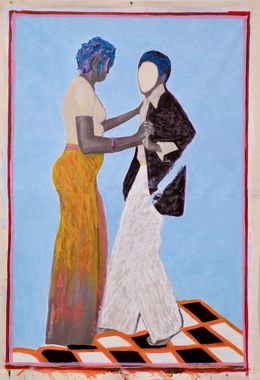
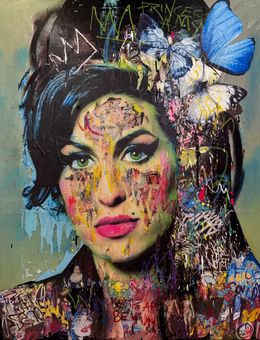
Amy WineHouse Pop Style
Maria De Campos
Painting - 116 x 89 x 2.5 cm Painting - 45.7 x 35 x 1 inch
$4,449
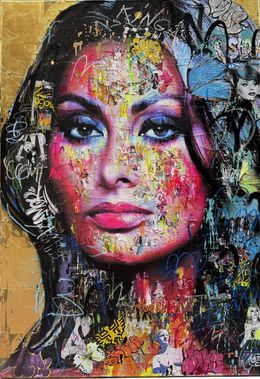
Sophia Loren Pop Style
Maria De Campos
Painting - 116 x 81 x 2.5 cm Painting - 45.7 x 31.9 x 1 inch
$3,992

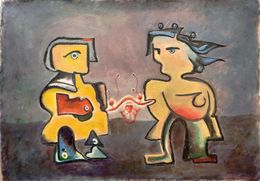




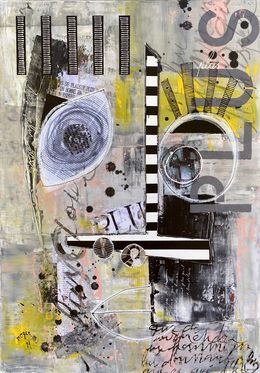
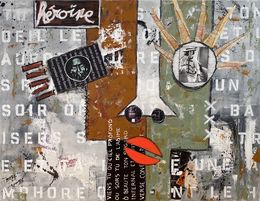
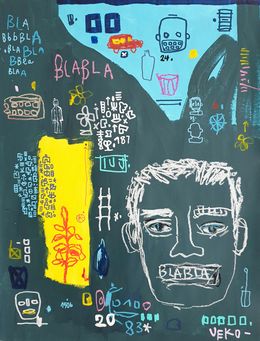

Marcher dans les champs de fleurs
Jéko
Painting - 65 x 50 x 0.2 cm Painting - 25.6 x 19.7 x 0.1 inch
$1,372


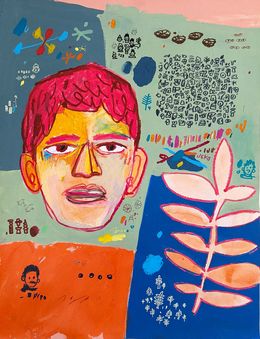
Les couleurs des fleurs d'été
Jéko
Painting - 65 x 50 x 0.2 cm Painting - 25.6 x 19.7 x 0.1 inch
$1,372
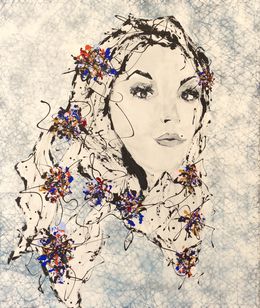

It is surprised - They are surprised (diptych) / WOW!
Vladimir Kolosov
Painting - 61 x 61 x 6.4 cm Painting - 24 x 24 x 2.5 inch
$1,140

Beyond Beauty
Babatunde Adeogun
Painting - 101.6 x 101.6 x 2.5 cm Painting - 40 x 40 x 1 inch
$3,200
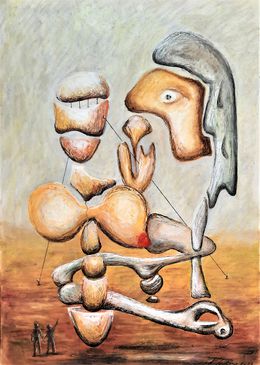
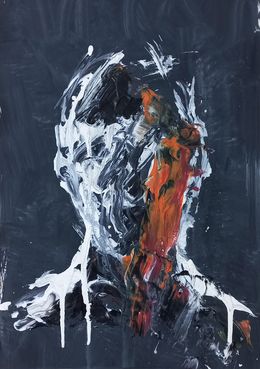



Love triangle - II
Vladimir Kolosov
Painting - 55.9 x 76.2 x 0 cm Painting - 22 x 30 x 0.01 inch
$900

Cecille is playing with her tail
Vladimir Kolosov
Painting - 61 x 61 x 1.9 cm Painting - 24 x 24 x 0.75 inch
$1,230

Réflexion XI
Cécile Duchêne-Malissin
Painting - 116 x 178 x 3 cm Painting - 45.7 x 70.1 x 1.2 inch
$6,405

Le corps souple de la belle
Herve Malcom Thomas
Painting - 146 x 114 x 2 cm Painting - 57.5 x 44.9 x 0.8 inch
$2,516

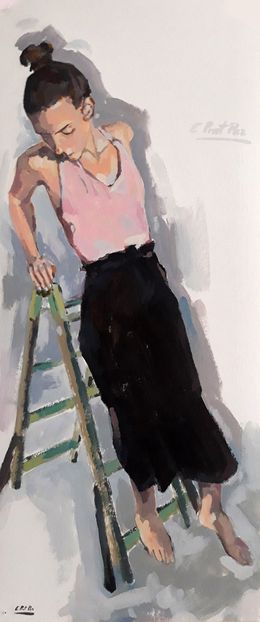

The blue shadow
Hildegarde Handsaeme
Painting - 140 x 50 x 4 cm Painting - 55.1 x 19.7 x 1.6 inch
$3,202
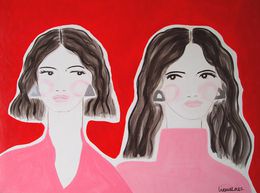
Discover the styles & movements
Discover the selection of our experts
Portrait Painting for Sale
Portraiture is one of the most important subjects in painting. The discipline has changed significantly over time and has a fascinating history.
In antiquity, portraits were exclusively reserved for gods and the most influential people in society. Paintings and statues representing the bodies of the deceased were erected to decorate tombs in Egypt. They weren't realistic but rather had a very standardized way of representing each part of the body.
In contrast to the Egyptians, painters and sculptors in Greece, who had a more in depth knowledge of the human anatomy, were more concerned about realism. Many portrait paintings from this period were done on vases and depicted gods and mythological scenes.
In the Middle Ages, most portraits paintings were commissioned and featuring the most important people of the time; they were painted into religious scenes to emphasize their piety and faith, along with their social status. Once these works of art had been painted, they were often donated to churches and monasteries.
The Renaissance marked a renewal for the arts and portrait painting was no exception. At the beginning of this period, artists were unconcerned about lifelike, realistic work. Sitters or the subjects represented were identifiable through the use of symbolic objects and the inclusion of their name.
Giotto revolutionized portraiture by imitating sculpture. He began to paint shadows, the subjects' expressions, effects of depth and began to use foreshortening. His knowledge soon began to spread.
Brunelleschi then introduced the idea of perspective in architecture, a concept which Masaccio adapted to painting. Italy became the center of portrait painting and the most important Italian families (including the Médici family) commissioned artwork by the best painters. Competition between these painters led them to innovate and led them to produce some of the greatest artworks in history. The most famous is undoubtedly the Mona Lisa by Leonardo de Vinci.
In Northern Europe during the 16th century, Flemish art was restricted by iconoclasm during the Reformation, a period during the depiction of religious figures was banned. Artists turned to courtly art which was particularly popular during the following centuries. A century earlier, Flemish art had marked a turning point with Jan Van Eyck, the inventor of oil painting (the preferred painting technique of Renaissance painters) and master of detailed realism, who influenced an entire generation of Flemish painters.
Over the following centuries, portrait painting continued to be an art form for the elite of society, but painters grew increasingly concerned about depicting realistic figures and communicating the sitter's inner world and emotions. The 20th century saw a growing trend: subjects were not painted to look beautiful (sometimes to their great dismay).
At the end of the 19th century, Impressionist painters became less reliant on sculpted models and sculpture's influence. They left their studios and painted portraits outside, “en plein air." They captured the light as they saw it and painted groups of people together rather than in in several stages.
Modern and contemporary art of the 20th century saw anything go when it came to portraits. Artists like Gustav Klimt, Pablo Picasso, Paul Gauguin and Lucien Freud turned traditional techniques and codified rules on their heads and developed their own unique styles.
Discover portraits by Philippe Pasqua, Robert Combas, Guangyu Dai and Erró on Artsper.
A portrait painting is a painted artwork that depicts a person. A portrait painting usually depicts the upper body of a sitter, for example from the shoulders up.
A portrait can be created in various different art styles and forms, including sculpture, painting and drawing.
A portrait can be considered a good work of art for a variety of reasons, including its handling of light, tone and color, its likeness to the person it represents, or its expression of emotion.





